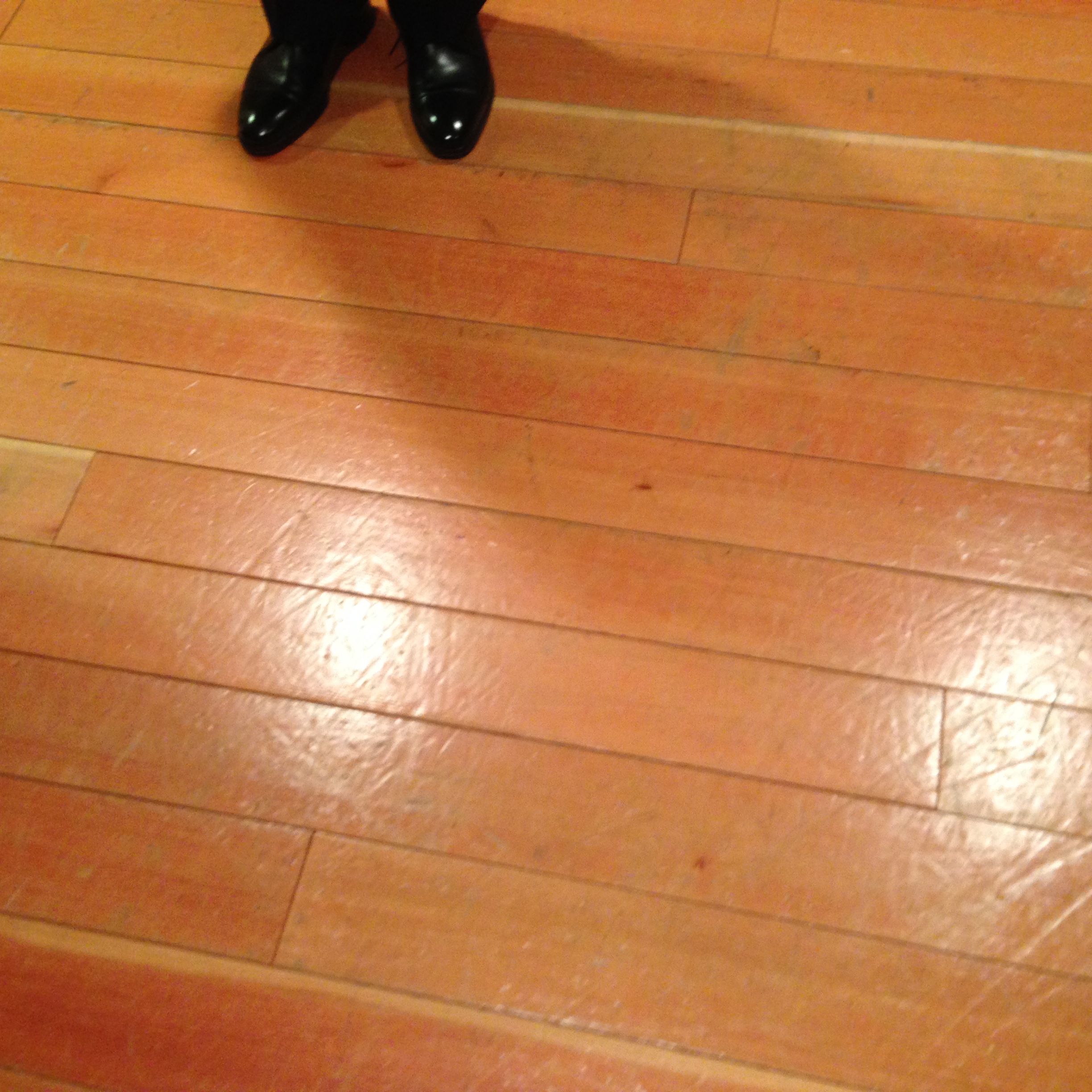今日の記事では、良い成果を得るために「危機感」がどう大切か、について書いています。
このカテゴリー「徒然なるままにひぐらし。」では前回、下の記事を書きました。
●「危機感」がもたらしてくれるもの。

私が青学のオーケストラ部部員だった若かりしころ、定期演奏会が近づくにづれて先輩たちはよくこう口にしたものです。
「危機感を持て」
耳にタコができるほど聞いた言葉ですが(笑)、当時ペーペーの下級生だった私にはその奥にある意味がよく理解できませんでした。
でも、大人になったいま振り返ると、あらゆる場面での「危機感」がどれほど自分をすくってくれたか、数え上げたらきりがありません。
「危機感」は一歩間違えるとパニックにおちいるだけで何の成果ももたらしませんが、その大切さを理解して上手に使うと、それこそ「神パフォーマンス」につなげてくれます。
「こんなんじゃだめだ」
「もっと一生懸命やらないとたいへんなことになる」
「どうしよう。まだまともに譜面をさらえてない」
危機感を抱いた瞬間は葛藤が生まれるので心理的には負担です。さらに、うまく行っているのにわざわざ危機感を無理やり抱くというのも良い成果につながらないと私は感じています。けれど、以下のようなときに抱く「危機感」は自分の潜在能力を信じられないくらい解き放ってくれますよ。

***************************
1) 危機感を抱きつつ、頭はクリアにしておく。
2) どうするのが最善の方法か、必死に考える。
3) 行動する。動く。
4) 集中する。
**************************
頭がクリアだとパニックにならないので冷静に考えたり行動したりできます。危機感を持つことで葛藤や不安感は生まれますが、それを次の高みへとつなげるためには判断力と行動力、自分を信じる力などが必要になってきます。
受験勉強をしている学生さんや競技生活をしている体育会系のかた、ノルマがある営業マンさんなど、危機感をぜひ上手に利用してみてください。
●なぜ「危機感」がいいのか?危機感とは。

危機感とは焦りやもがきなどに匹敵する感覚です。つまり、自分への「ダメだし」とも言える。上記の通り、無理やり不必要な危機感を抱く必要はありませんが、自分の仕上がりにあまり満足感がなく、なおかつ期限が近付いているときには出すべきだと私は自分の経験から学びました。
自分の出来に満足しない。
自分を疑う。
うまく行っているように見えるけれど、本当か。細部を確認。
いまの状態を続けていって本番を迎えるとどうなるのか、想像する。

私が思うに、危機感の何が良いかと言うと、危機感を正しく抱くことで(という表現も妙かもしれませんが・・・)、
1) 自分が最悪の状態を迎えることを映像として想像できる。
2) 1)にならないためにすべきことを考えざるをえない。(それだけ映像の力はインパクトがあるといこと)
3) 手放しで自分をほめたたえるのではなくなる。浮かれない。
ということだと思います。
●危機感のうまい利用方法。あえて危機感を感じてみる。

さて。ここからはすこし上級者コース(?)となります。
演奏や競技、プレゼン、営業など、期限があったり、成果を出すことが求められているようなものにおいて、それなりに仕上がっているとしましょう。
そのときに、あえて「危機感」を利用してみる。バーチャル危機感とでもいうのでしょうか。上記のような、無理やり不必要な危機感を抱いてパニックになるのとは少し違います。頭は完全に冷静で、体もリラックスしているときに、+アルファを考えてみる、ということです。物事には「完璧」はありません。何事も奥が深い。
たとえばオーケストラの演奏であれば、譜面はそれなりにさらえているし暗譜もしている。指揮者の指示通りにも演奏している。けれどあえて+アルファを考えて危機的状況に遭遇するであろう状況を回避する努力をする。
★一瞬でも不安を感じる個所を探して、そこだけ何度も何度も練習する。
★すでに暗譜しているけれど、あえてもう一度、丁寧に譜面を確認してみる。
★楽器を丁寧にメンテナンスしてみる。→ 本番中に突然、弦が切れたり皮が破れたり、ということもなきにしもあらずなのです。
★プロの演奏を今一度、何度も何度も聴き返してみる(音源)。
★本番まじかだからこそ、基礎練習を丁寧に、やってみる。

大学箱根駅伝のチームであれば、2020年度の上位大学の走者にミスはほとんどありませんでした。でも優勝した青学チームは他チームと比べて「+アルファ」を持っているように私は感じました。
★がむしゃらさ。
★くやしさ。
★挫折感。
★焦燥感。
★積極的に攻めていく挑戦心。
★ハングリーさ。
★他校の力を借りる(胸を借りる)要領の良さ。
★だからこそ、これまで練習してきた成果を「今日」、めいいっぱい出し切るという気持ちの強さ。
これらはすべて、「危機感」に根差していたように私には思えます。「また負けるわけにはいかない。こんなに一生懸命練習してきたのだし」。「上級生の意地」。

「泥臭さ」と駅伝ではよく表現されますが、危機感あってこその泥臭さだったのかもしれません。「危機感」という言葉はそれ自体はネガティブな響きがありますが、上手に利用することで思わぬ力を与えてくれるのです。

